
How to Use 74LS32: Examples, Pinouts, and Specs
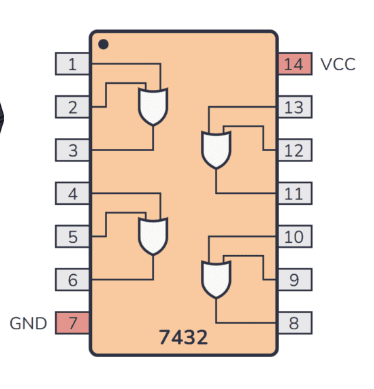
 Design with 74LS32 in Cirkit Designer
Design with 74LS32 in Cirkit DesignerIntroduction
The 74LS32 is a quad 2-input OR gate that provides four independent OR functions. It belongs to the Low Power Schottky TTL (Transistor-Transistor Logic) family, which is known for its fast switching times and low power consumption. This component is widely used in digital circuits for implementing logical operations, signal routing, and data processing.
Explore Projects Built with 74LS32
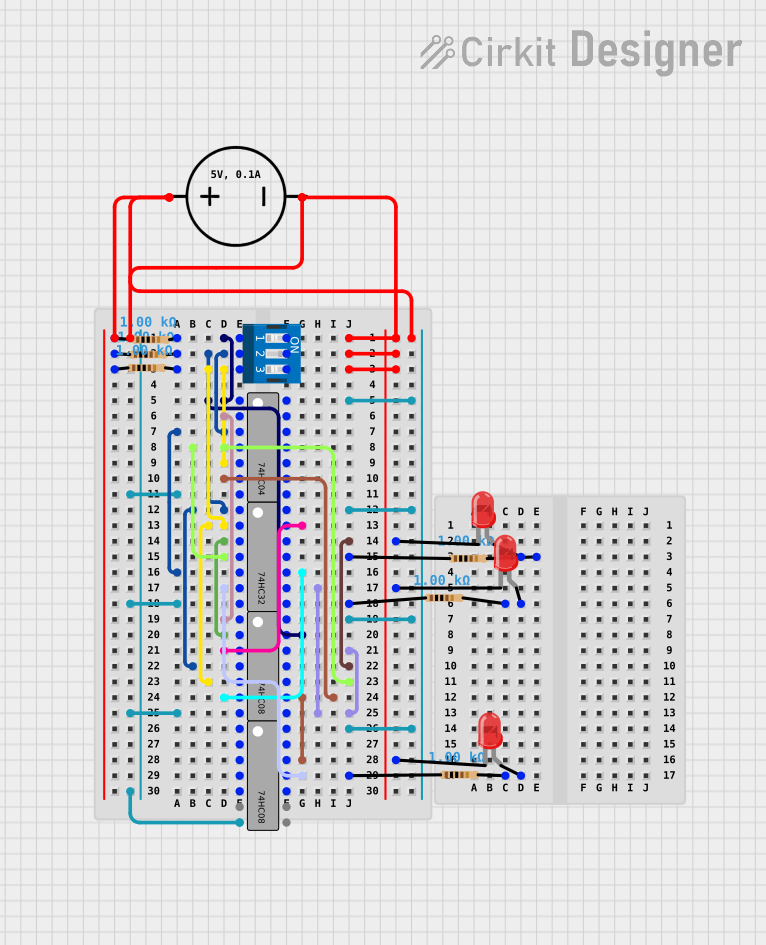
 Open Project in Cirkit Designer
Open Project in Cirkit Designer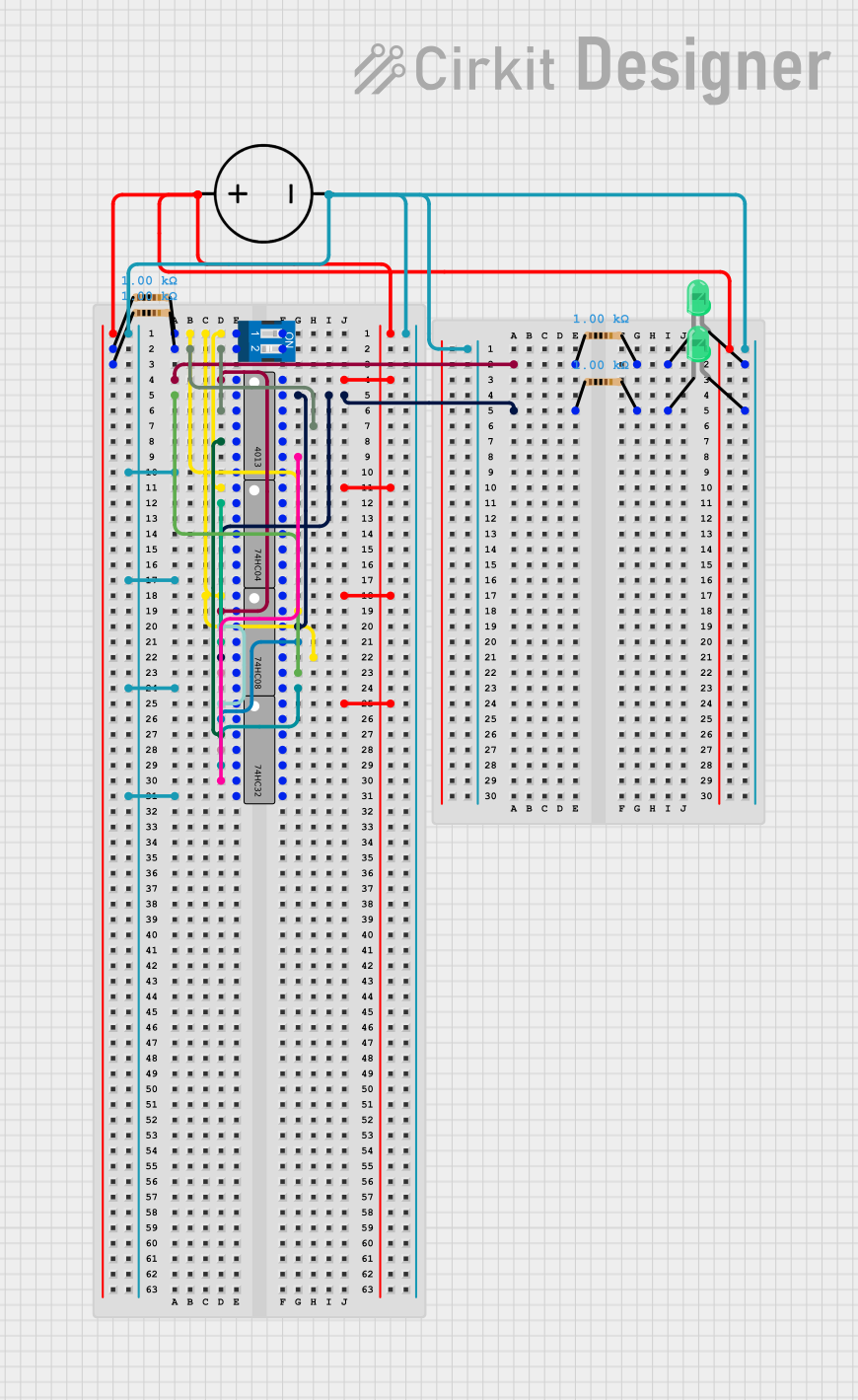
 Open Project in Cirkit Designer
Open Project in Cirkit Designer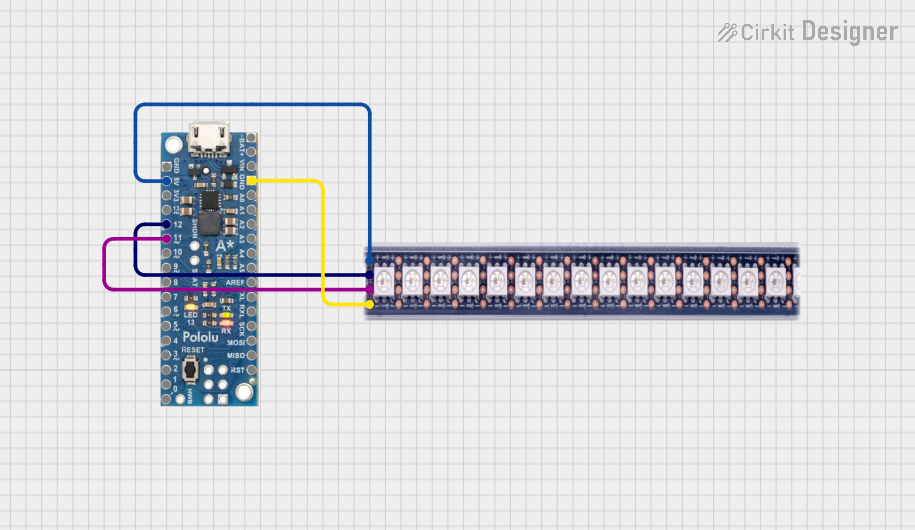
 Open Project in Cirkit Designer
Open Project in Cirkit Designer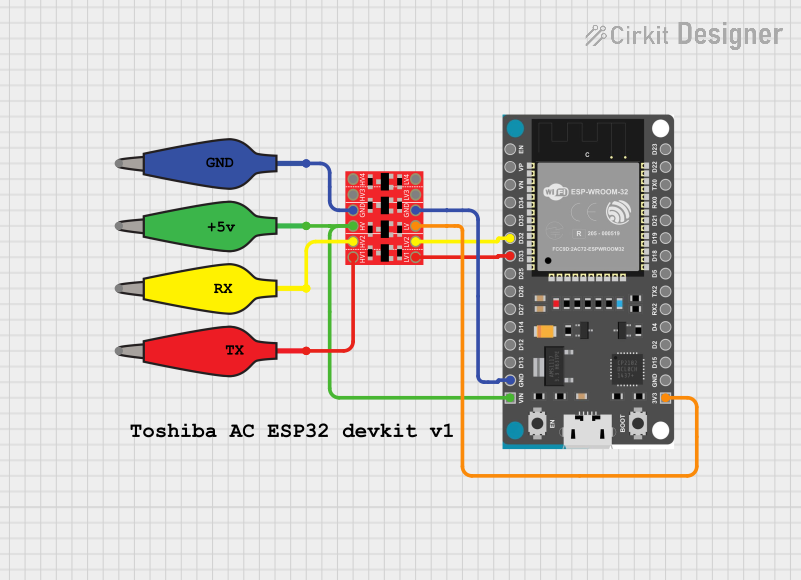
 Open Project in Cirkit Designer
Open Project in Cirkit DesignerExplore Projects Built with 74LS32

 Open Project in Cirkit Designer
Open Project in Cirkit Designer
 Open Project in Cirkit Designer
Open Project in Cirkit Designer
 Open Project in Cirkit Designer
Open Project in Cirkit Designer
 Open Project in Cirkit Designer
Open Project in Cirkit DesignerCommon Applications and Use Cases
- Digital Logic Circuits: Used in combinational logic designs.
- Signal Processing: Combines multiple signals into a single output.
- Data Routing: Directs data flow in multiplexers and demultiplexers.
- Control Systems: Implements logical conditions in control applications.
Technical Specifications
Key Technical Details
| Parameter | Value |
|---|---|
| Supply Voltage (Vcc) | 4.75V to 5.25V |
| Input Voltage (VIH) | 2.0V (minimum high level) |
| Input Voltage (VIL) | 0.8V (maximum low level) |
| Output Voltage (VOH) | 2.7V (minimum high level) |
| Output Voltage (VOL) | 0.4V (maximum low level) |
| Maximum Output Current | 6 mA |
| Power Dissipation | 1.0 W (max) |
| Operating Temperature | -40°C to +85°C |
Pin Configuration and Descriptions
| Pin Number | Pin Name | Description |
|---|---|---|
| 1 | A1 | Input A for OR gate 1 |
| 2 | B1 | Input B for OR gate 1 |
| 3 | Y1 | Output for OR gate 1 |
| 4 | A2 | Input A for OR gate 2 |
| 5 | B2 | Input B for OR gate 2 |
| 6 | Y2 | Output for OR gate 2 |
| 7 | GND | Ground connection |
| 8 | Y3 | Output for OR gate 3 |
| 9 | A3 | Input A for OR gate 3 |
| 10 | B3 | Input B for OR gate 3 |
| 11 | Y4 | Output for OR gate 4 |
| 12 | A4 | Input A for OR gate 4 |
| 13 | B4 | Input B for OR gate 4 |
| 14 | Vcc | Supply voltage connection |
Usage Instructions
How to Use the Component in a Circuit
- Power Supply: Connect the Vcc pin (14) to a +5V power supply and the GND pin (7) to ground.
- Input Connections: Connect your input signals to the appropriate A and B pins (1, 2 for gate 1, 4, 5 for gate 2, etc.).
- Output Connections: Connect the output pins (3, 6, 8, 11) to the next stage of your circuit.
Important Considerations and Best Practices
- Ensure that the supply voltage is within the specified range (4.75V to 5.25V).
- Avoid exceeding the maximum output current rating (6 mA) to prevent damage.
- Use pull-up or pull-down resistors if necessary to ensure stable input levels.
- Keep the circuit layout compact to minimize noise and interference.
Troubleshooting and FAQs
Common Issues Users Might Face
No Output Signal:
- Check power supply connections (Vcc and GND).
- Verify that input signals are within the specified voltage levels.
Incorrect Output:
- Ensure that the inputs are connected correctly.
- Check for short circuits or faulty connections.
Overheating:
- Ensure that the component is not exceeding the maximum power dissipation.
- Check for excessive load on the output pins.
Solutions and Tips for Troubleshooting
- Use a multimeter to measure voltage levels at the input and output pins.
- Inspect the circuit for loose connections or soldering issues.
- If using a breadboard, ensure that the component is seated properly.
Example Code for Arduino UNO
If you are using the 74LS32 with an Arduino UNO, you can control the OR gates using digital pins. Below is a simple example code that demonstrates how to use the 74LS32 in an Arduino project.
// Define pin connections
const int inputA1 = 2; // A1 connected to pin 2
const int inputB1 = 3; // B1 connected to pin 3
const int outputY1 = 4; // Y1 connected to pin 4
void setup() {
// Set pin modes
pinMode(inputA1, INPUT);
pinMode(inputB1, INPUT);
pinMode(outputY1, OUTPUT);
}
void loop() {
// Read inputs
int a = digitalRead(inputA1);
int b = digitalRead(inputB1);
// Perform OR operation
int result = a | b;
// Set output
digitalWrite(outputY1, result);
// Small delay for stability
delay(100);
}
This code reads the inputs connected to A1 and B1, performs the OR operation, and sets the output Y1 accordingly. Make sure to connect the inputs to the appropriate pins on the Arduino UNO.